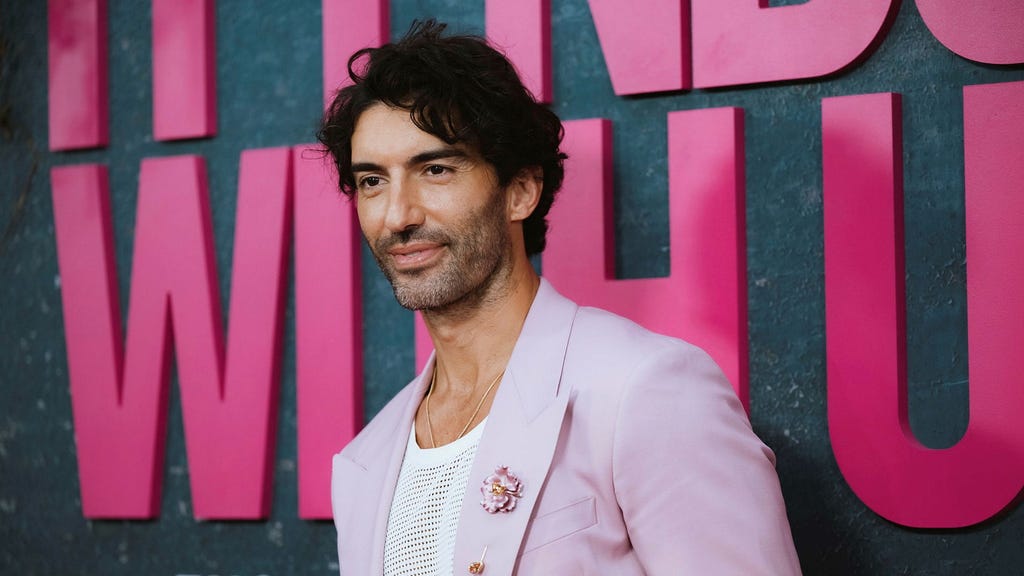The ongoing legal battle between actress Blake Lively and actor/director Justin Baldoni, stemming from the production of the film ”It Ends With Us,” has escalated dramatically. Lively initially accused Baldoni of sexual harassment during filming, further alleging that he orchestrated a smear campaign against her using a public relations firm. This prompted an investigation by the New York Times, which published text messages purportedly showing the planning of this campaign. Simultaneously, Lively filed a lawsuit against Baldoni for sexual harassment. In a retaliatory move, Baldoni sued the New York Times for defamation, claiming collusion with Lively to damage his reputation. The legal entanglement has become a complex web of accusations and counter-accusations, with both parties vehemently denying the other’s claims.
Adding another layer to the legal battle, Baldoni, along with his production company Wayfarer Studios and publicist Leslie Sloane, filed a lawsuit against Lively in a federal court in New York. They contend that they were reluctant to pursue legal action but were forced to do so due to the gravity of Lively’s accusations. Their lawsuit aims not only to refute Lively’s claims of sexual harassment and the alleged smear campaign but also to highlight the negative aspects of Hollywood culture they claim to have actively opposed throughout their careers. They assert that Lively’s actions are antithetical to the values they uphold and represent a misuse of the legal system.
The lawsuit filed by Baldoni, Wayfarer Studios, and Sloane paints Lively’s actions as a deliberate attempt to damage their reputations and careers. They argue that the allegations of sexual harassment are baseless and that the alleged smear campaign is a fabrication. The inclusion of publicist Leslie Sloane in the lawsuit suggests that she plays a crucial role in their defense, likely related to communications and public image management during the controversy. The lawsuit positions Baldoni and Wayfarer Studios as champions of ethical conduct in Hollywood, contrasting their purported values with Lively’s alleged behavior.
Meanwhile, Lively’s initial lawsuit against Baldoni for sexual harassment remains a central point of contention. The details of the alleged harassment have not been fully disclosed publicly, but the New York Times’ report on the alleged smear campaign adds fuel to the fire. The published text messages, if authentic and accurately interpreted, could potentially corroborate Lively’s claims and undermine Baldoni’s defense. However, the veracity of these messages and their context are likely to be contested fiercely in court.
The involvement of the New York Times in this legal saga adds another layer of complexity. Baldoni’s defamation lawsuit against the newspaper accuses them of biased reporting and collaborating with Lively to tarnish his reputation. This lawsuit hinges on proving that the New York Times acted with malice or reckless disregard for the truth in their reporting on the matter. It also raises questions about the newspaper’s journalistic practices and the potential influence of sources in shaping their narrative.
This multifaceted legal battle between Lively and Baldoni, with the New York Times caught in the crossfire, has become a high-stakes game of reputation and credibility. The outcome of these lawsuits will have significant implications for all parties involved, impacting their careers and public image. The legal proceedings will likely involve extensive discovery, witness testimonies, and expert analysis to determine the veracity of the competing claims. The case also highlights the broader issues of power dynamics, gender relations, and accountability within the entertainment industry.














